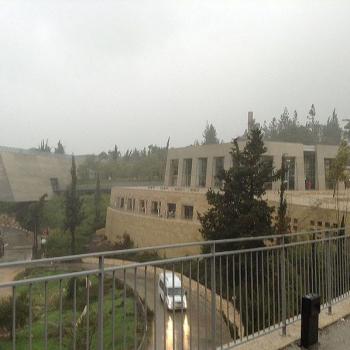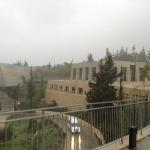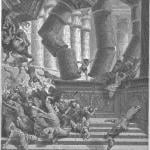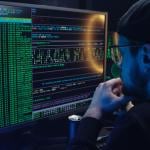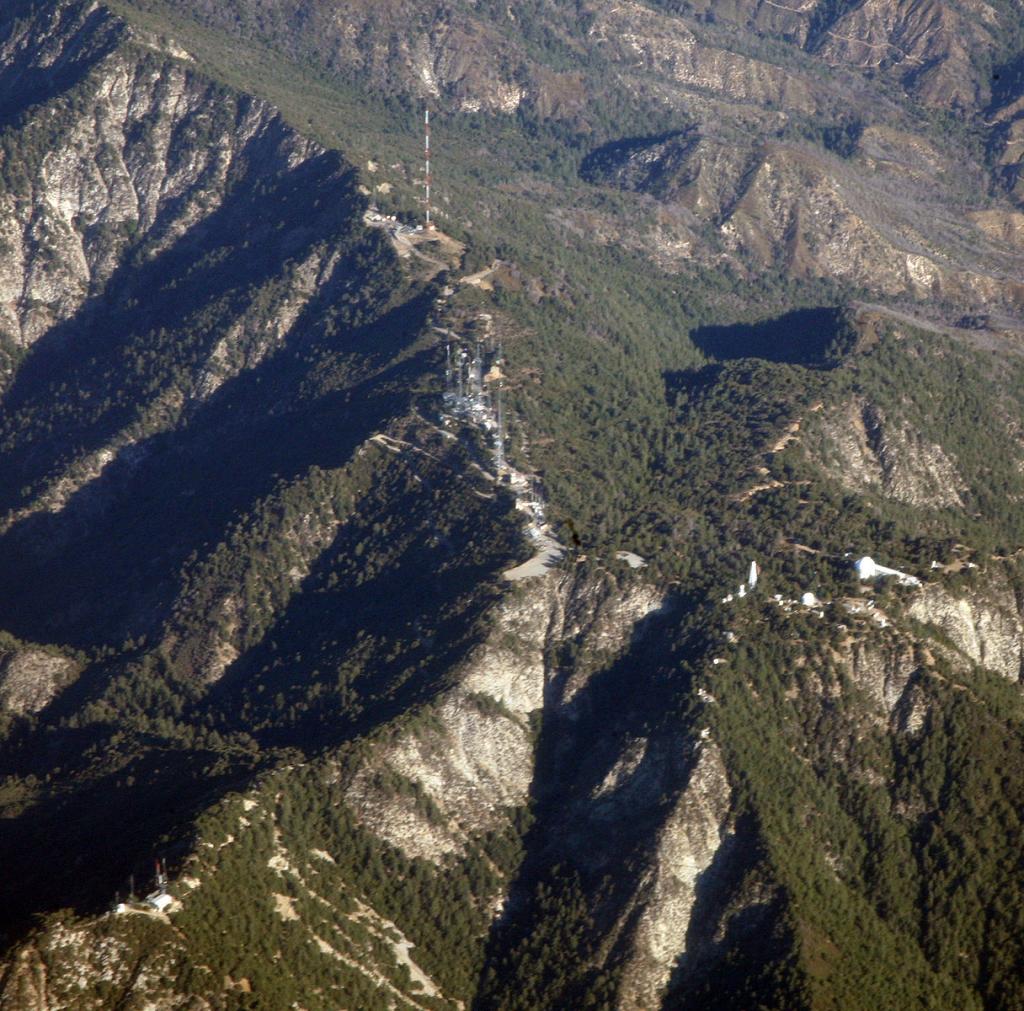
I’ve just come across a 1991 New York Times article about the great astronomer Allan Sandage, who died in 2010:
“Sizing Up the Cosmos: An Astronomer’s Quest”
Here’s how it opens:
“PASADENA, Calif.— In the mornings before smog dims the sky like a dirty nebula, Dr. Allan R. Sandage can stand at his office window and see, if not the beginning of the universe, or its end, at least the summit where astronomers first came to the stunning realization that they just might be able to comprehend the origin and fate of space and time, of everything.
“He points to Mount Wilson, in a gesture of homage as much as orientation. It is astronomy’s Mount Sinai. Down from its observatory came the great Edwin P. Hubble in 1929 with tablets bearing the message that the universe was expanding, space stretching uniformly in all directions, carrying the galaxies along with it. His discovery established cosmology as a science, perhaps the least practical but most sublime of all.
“‘To cosmologists that is the most amazing scientific discovery ever made,’ Dr. Sandage said with authority.”
It’s one of my great regrets that I never met Dr. Sandage. It was only very shortly before he died that I learned that we had been neighbors; my sister-in-law met his wife at a hair salon, and then mentioned the encounter to me. Dr. Sandage lived and ultimately died in San Gabriel, California, the same suburban Los Angeles County town where I grew I up. The article from which I’m citing was based on an interview with him in his Caltech office in Pasadena, California, the city where I was born. San Gabriel isn’t very big. It’s not inconceivable that I was his paper boy. And I saw Mount Wilson — “astronomy’s Mount Sinai” — virtually every day of my life through my high school years. It was, as I’ve mentioned previously, a frequent object of school field trips and family drives and even at least two dates (one with my future wife). And — youth, as they say, is wasted on the young — I didn’t really appreciate it at all. It was pleasant, and interesting. But I didn’t really grasp the science-historical significance of the place.
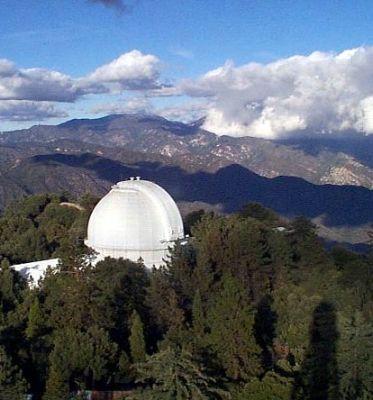
I would very much like to have spoken with him.
Here’s another passage from the article:
“‘Science cannot answer the deepest questions,’ he said. ‘As soon as you ask why is there something instead of nothing, you have gone beyond science. I find it quite improbable that such order came out of chaos. There has to be some organizing principle. God to me is a mystery, but is the explanation for the miracle of existence, why there is something instead of nothing.’
“Dr. Sandage, wishing he had never brought up his religious beliefs, stops himself with a quip. ‘That’s the reason people think my scientific career is over — I reveal myself as much as I do.’
“He stresses that his theology is independent of his cosmology. ‘In this office, I have to be a rational reductionist,’ he explained. ‘None of this feeds back at all into the hard-nosed business of the laboratory or the observatory. It must not.'”



